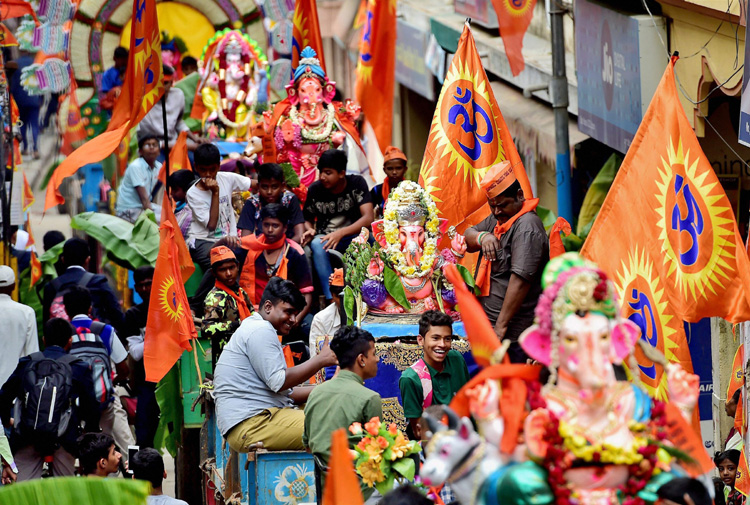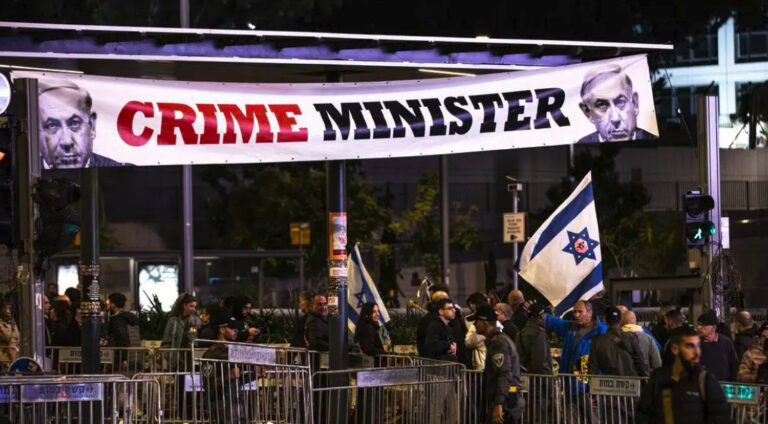
The recent search for Amritpal Singh, a self-styled Sikh preacher in Punjab who has been declared a “fugitive” by India’s police following his escape after attacking a police station with his followers earlier this month, has once again raised the specter of militant violence in Punjab. Some observers in India have however expressed concern about his sudden emergence with a previously unknown background, suggesting that he is a creation – or certainly receives a boost from – political actors or foreign intelligence agencies seeking to muster trouble for the government. General Panag (retd) wrote for The Print, India, saying, “he was identified by the radical diaspora, Punjab radicals, and Pakistan’s Inter-Services Intelligence as a potential leader of the Khalistan movement.” Throughout the 1980s, the cause for an independent Sikh homeland – Khalistan or “land of the pure” – inspired an insurgency at home and support abroad. In 1984, Indian Prime Minister Indira Gandhi was assassinated by two of her bodyguards following Operation Blue Star, designed to capture Jarnail Singh Bhindranwale, the Khalistan movement’s leader, and remove him from the Golden Temple in Amritsar – one of the holiest sites in Sikhism. During this period, thousands lost their lives and the heavy-handed responses of the state left longstanding scars on the community. On June 23, 1985, a bomb exploded aboard Air India flight 182 en route from Toronto to London, killing all 329 passengers and crew members, most of whom were Canadian. A number of Sikh extremists were suspected of perpetrating the attack, which remains Canada’s worst terrorist attack to date, though only Inderjit Singh Reyat was convicted in 2003.
While militancy in Punjab has died down in recent years, there are concerns that Amritpal Singh, who has styled himself after Bhindranwale, will continue to stir up increased support for a separatist movement. In 2021 Deep Sidhu, an actor and activist, founded the group Waris Punjab De, which has reportedly fomented violence and clashes with law enforcement and offers a romanticized notion of the militancy of the 1980s. After Sidhu’s death last year, Singh took over the leadership of the organization often giving provocative speeches, leading marches, and building a large following, though his sudden emergence from relative obscurity has also generated a number of conspiracy theories about his links to political or intelligence actors. When asked by the Indian Express about his new appearance reminiscent of Bhindranwale, Singh reportedly responded, “I am not even equal to dust of his feet. I only walk the path shown by him.” He has echoed Bhinranwale’s call for a separate state for Sikhs, a “permanent solution” that can address many problems faced by the community in Punjab, including disputes over water and drug addiction. In 2021, a widespread movement by Sikh and Punjabi farmers protested national laws designed to end subsidies for Indian farmers and open agricultural markets; the government ultimately withdrew the laws. Singh was reportedly actively involved in the farmers’ protests, but General Panag wrote that “his meteoric rise – in a mere seven-month span – from a symbolically non-adherent Sikh social media activist working for his family transport business in Dubai to ‘Bhindranwale 2.0’ (as christened by the media) and leading to the revival of the dying Khalistan movement smacks of political and intelligence machinations.”
The Indian government’s pursuit of Singh has already prompted unrest and violence among diaspora communities. In London and San Francisco, protesters damaged Indian diplomatic facilities. In the past week, protesters have gathered outside the Indian Consulate in Vancouver to protest the manhunt for Singh, who faces an arrest warrant under the National Security Act in India. As in the 1980s, the diaspora Sikh community plays an important role in shaping the Khalistan narrative and influencing Western politicians to voice support for Sikh activists and causes, as Dinsha Mistree and Sumit Ganguly recently highlighted in Foreign Policy. The new generation of activists, inspired and mobilized by Waris Punjab De, have already engaged in violent clashes with the police, and the protests abroad in support of Amritpal Singh illustrate the deep resonance of his narrative, particularly against the background of a Hindu-first approach by the ruling Bharatiya Janata Party and Prime Minister Narendra Modi. Some observers in India have also suggested that external actors may be supporting Singh precisely to stir up trouble in Punjab and cause embarrassment to the Modi government.
Given the decade of violence and militancy that characterized the Khalistan movement of the 1980s, it is unsurprising that the government has taken an assertive approach to pursue Amritpal Singh, though some in India have also questioned why and how he has been able to evade capture for so many days. However, concerns about civil liberties and religious freedoms under the BJP government will likely constrain Western government support for Indian efforts to present Waris Punjab De as a terrorist group. Given the strong historical connection with the Sikh diaspora, however, and memories of Flight 182 still strong in places like Canada, it will be necessary to balance the need to monitor potential violence with preserving support for freedom of speech and the protection of minority communities in India. While many countries are grappling with the need to address the potential for terrorism from racially and ethnically motivated violent extremists (REMVE), India has categorically refused to acknowledge the categorization and protested the characterization of terrorist acts according to ideology. However, this position can also impede the support that Western governments, many of whom prioritize REMVE threats in their own contexts, can grant India. Reports of a harsh clampdown on media freedoms, discrimination and violence against Muslim communities, and the recent conviction and disqualification of opposition leader Rahul Gandhi have cast shadows over India’s image as a pluralist democracy. While the need for India’s support in the war in Ukraine and its role as a counterbalance against a rising China may have muted Western government statements somewhat, supporting government clampdowns on the Sikh community is likely to prove complicated with strong domestic diaspora constituents.
For the past twenty years, international efforts to prevent and counter terrorism have focused on jihadist groups and transnational actors like Al-Qaida and Islamic State. The actions perpetrated by these groups have spurred global consensus and cooperation to an unprecedented degree, culminating in a wave of new international legislation and practice. However, as the global security landscape grows increasingly diverse, states again must reckon with a wide range of potential terrorist threats and actors, creating risks and gaps in intelligence collection, international cooperation, and resource allocation. For many current practitioners, the Khalistan movement, and the violence of the 1980s will be a distant memory. Yet, the lessons remain, that such threats can not only generate insecurity at a domestic level but that they have international repercussions and warrant closer attention and cooperation among policymakers and practitioners.





